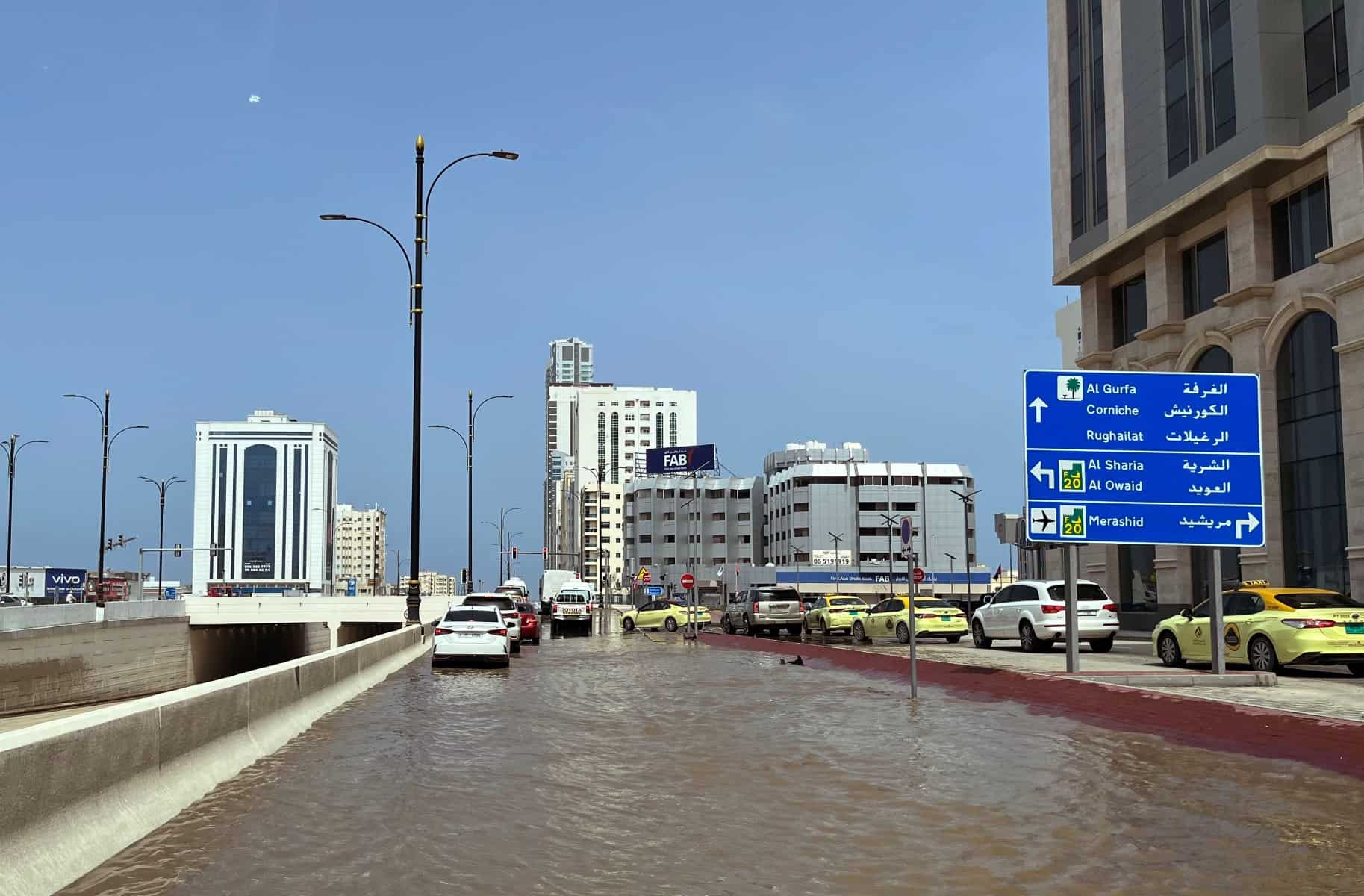DUBAI, UAE — The Gulf Cooperation Council (GCC) countries have the most to fear from climate change given their high temperatures, high humidity, limited groundwater resources and arid lands that lead to desertification and biodiversity loss.
Another aggravating factor is the salt intrusion into aquifers, which affects small-scale agricultural lands and increases the food security threat in the region.
Recently, several Gulf countries, such as the UAE, Saudi Arabia and Qatar, were hit by heavy rainfall that led to floods on some occasions. Experts recommend that the Arabian Gulf states could benefit from the concept of a sponge city, an urban area that has been designed to deal with excess rainfall using several techniques.
Sponge cities can resolve water crises
Sponge cities could help address both floods and water scarcity, which are two major problems in the region. Sponge cities are inspired by the ancient wisdom of farming and water management that use simple tools to transform the earth’s surface sustainably.
A sponge city is a nature-based solution that uses the landscape to retain water at its source, slow down water flow and clean it throughout the process.
The sponge city concept revolves around paving surfaces with permeable materials, which can seamlessly absorb runoff. Then, during rains, the permeable surface absorbs the runoff and either drain it into appropriate areas through sloping and redirection mechanisms or stores it inside underground reservoirs.
The harvested water in the reservoirs can remain fresh for extended periods without requiring electrical or chemical-based treatment due to the surface material’s air permeability capabilities.

Chandra Dake, CEO of DakeRechsand, a Dubai company specializing in sustainability solutions for water conservation, rainwater harvesting and stormwater managemen, told TRENDS that Sponge cities are well suited for regional economies because while floods are becoming frequent due to climate change, they are not contributing to water security.
“By enabling sustainable stormwater management and efficient rainwater harvesting, a sponge city can turn perils into a potential source of potable water. The harvesting of rainwater has great implications for the region’s socioeconomic development and local food production. In addition, it can reduce the load on desalination plants, which are both carbon and energy intensive. By and large, the climate change complexities find an actionable, interdisciplinary and adaptation solution in sponge cities,” he added.
The company has developed IDer, a decentralized and cost-effective solution that is actionable anywhere, at any scale, by anyone, and for any purpose, such as stormwater management or rainwater harvesting.
As a result, communities can use it on a small scale to prevent local flooding and use the harvested water for agriculture and self-sufficiency. The technology gives all practitioners complete control of the projects and their benefits.
Dake stated that discussions are currently underway in the UAE for the institutional adoption of sponge city solutions in public areas such as roads, stadiums and playgrounds.
“Recently, we conducted a side event at the first-ever edition of the MENACW, where we launched the Sponge Cities Partnership (SCP) to mobilize multistakeholder participation in adopting transformational solutions and re-capacitating blues capes and greenspaces. We have also coordinated our efforts with the UAE’s near-term and long-term net-zero emission targets,” he said.
Some cities across the globe have already adopted the model through improved drainage systems, inner city gardens and plant-edged sidewalks.
According to specialized construction reports, China was one of the first countries to resort to this technology, followed by Singapore and Hong Kong. These countries are planning to convert nearly 80 percent of their cities into sponge areas by 2030 to provide cleaner groundwater, reduce flood risks and reduce the burden on sewage systems.

